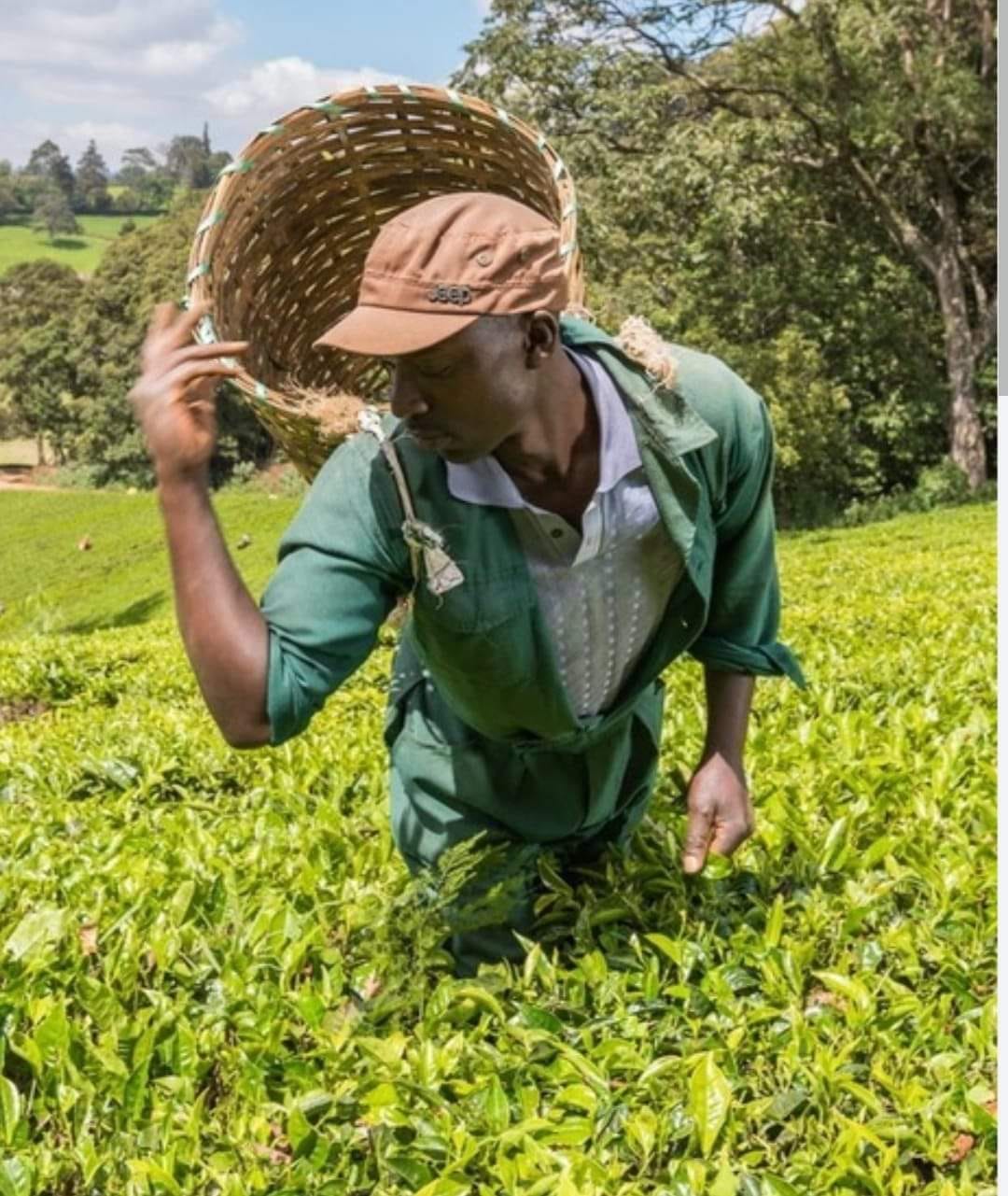By Renson Ireri
Kenya prides in continuous growth of co-operative societies over the years with the Co-operative movement now rated position one in Africa and seventh in the world, comprising over 15,000 registered co-operative societies according to the International Co-operative Alliance (ICA).
The movement also controls our economy in a big way, accounting for around 38% of the GDP and offering over 430,000 direct employment. The contribution of co-operatives in the social and economic transformation of our society cannot be over-emphasized. Political impact is also being felt where in the 2013 and 2017 general elections, we saw a number of co-operative societies’ leaders win parliamentary and ward seats.
The success story in the co-operatives enterprise in Kenya has seen players in all the sectors of our economy either form a new co-operative society or join an existing one. This has led to an increase in the number of registered co-operatives and the growth of the already existing ones.
Whereas there are different types of co-operative societies, established for different purposes, confusion still reigns, in the minds of very many Kenyans, on the fundamental difference between a co-operative society and a Sacco. Most of them continue to view any existing co-operative society as a Sacco.
Out of the over 15,000 registered co-operatives in Kenya, around 6,000 are Savings and Credit Co-operatives, abbreviated as Saccos, which accounts for around 40% of the entire co-operative movement. Saccos, as the name suggests, are formed primarily for mobilizing savings from the members and advancing credit to the same members. Sacco loans are cheaper than Banks and Micro finance Bank loans since at least 33% of the loan that a member borrows from a Sacco is taken from his/her savings in the Sacco. Most Saccos advance credit to members at an interest rate of 12% p.a. on a reducing balance secured by guarantors from within the Sacco.
Due to a requirement by the National Transport and Safety Authority (NTSA) that all the players in the transport sector need to be organized in a formal grouping, we have seen an upsurge in the number of Matatu and Boda Boda Saccos over the last five years. According to the NTSA report of January 2015, there are 635 registered Matatu Saccos in Kenya and an almost similar number for the Boda Boda Saccos. Whereas the idea of streamlining operations and order in the multi-million public transport industry in Kenya is very noble and long overdue, there has been great confusion in the management of the Matatu and Boda Boda Saccos. Most of them cannot fathom whether they manage a savings and credit enterprise or a transport business. By instructing registration of these Saccos, NTSA was more interested in bringing order in the industry, but confused them by advising them to form Saccos. To prove my point, If you peruse the by-laws of all these category of Saccos, which guides their operations, the objectives are clearly summarized in black and white as savings and credit, but the operations are very different. That explains why the focus in these Saccos is how many vehicles a member owns and how much money the vehicles’ owner earns as opposed to how much the member saves with the Sacco. Ideally, the Sacco can only claim what the Matatu owner has saved and not his total earnings. My opinion is that the players in the industry should have been encouraged to register a co-operative society with the objective being to co-ordinate movement along various routes, manage the business on behalf of the owner and wipe out disorderly players among others.
The same concern applies to Saccos formed by Kenyans living in the diaspora. Their objective is to save money and invest back in Kenya, mostly in real estate, and not to borrow the same money. That is where the registrations of a diaspora Sacco again does not make a lot of sense. An investment co-operative society would have been most ideal for this category of people.
On regulation, we have a Sacco Societies Act, established in 2008, which introduces the Saccos regulator, Sacco Societies Regulatory Authority (SASRA). The Act is supposed to guide operations on the Saccos in Kenya, but since it only focuses on deposit taking Saccos, numbering around 176, then this means that only around 3% of the Saccos operate within the confines of the Act. The legislators should either include all Saccos in the Act or establish a different Act for the non-deposit taking Saccos.
Ireri is the Business Development Manager with Pay Connect, an established service provider in the Sacco industry. He has a vast experience in the sector.


